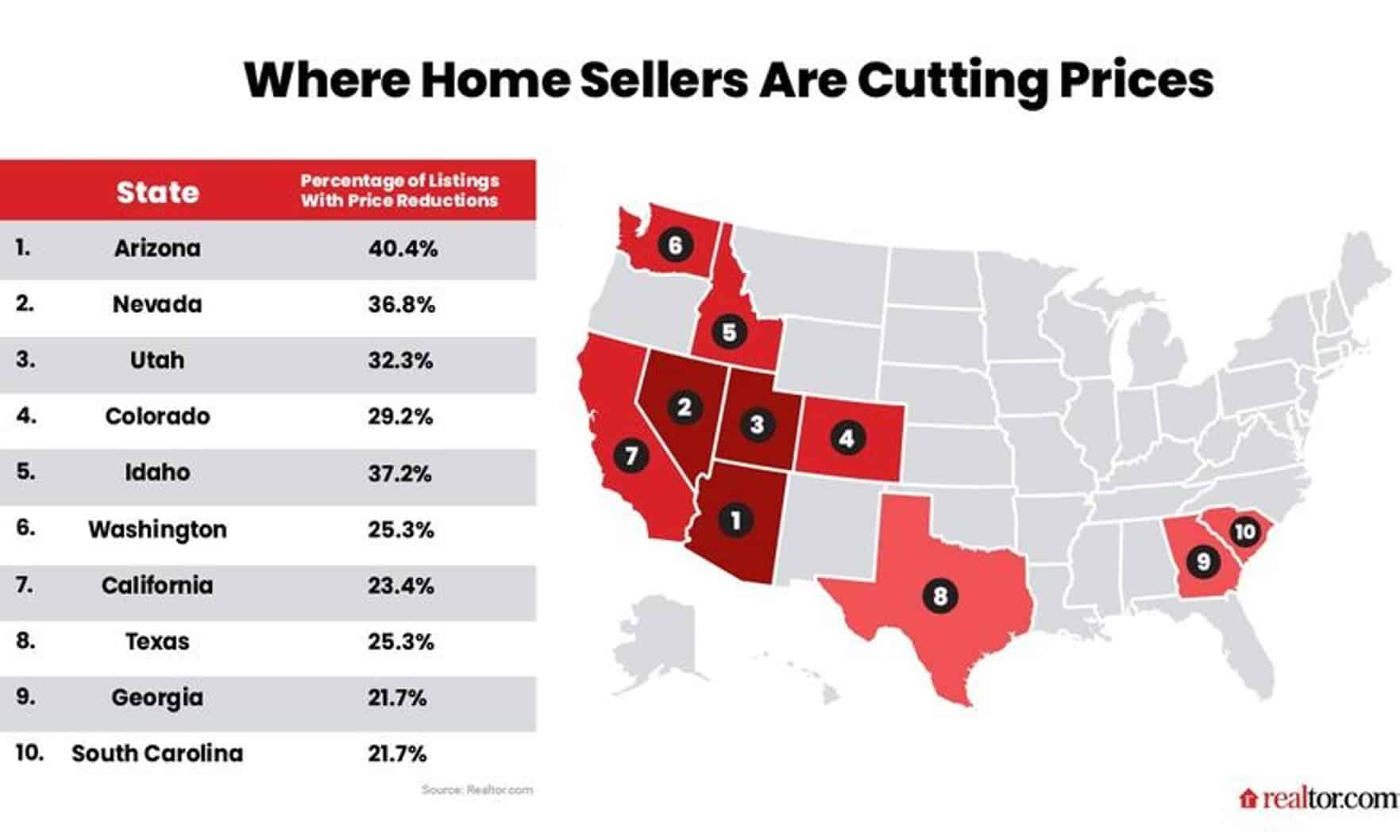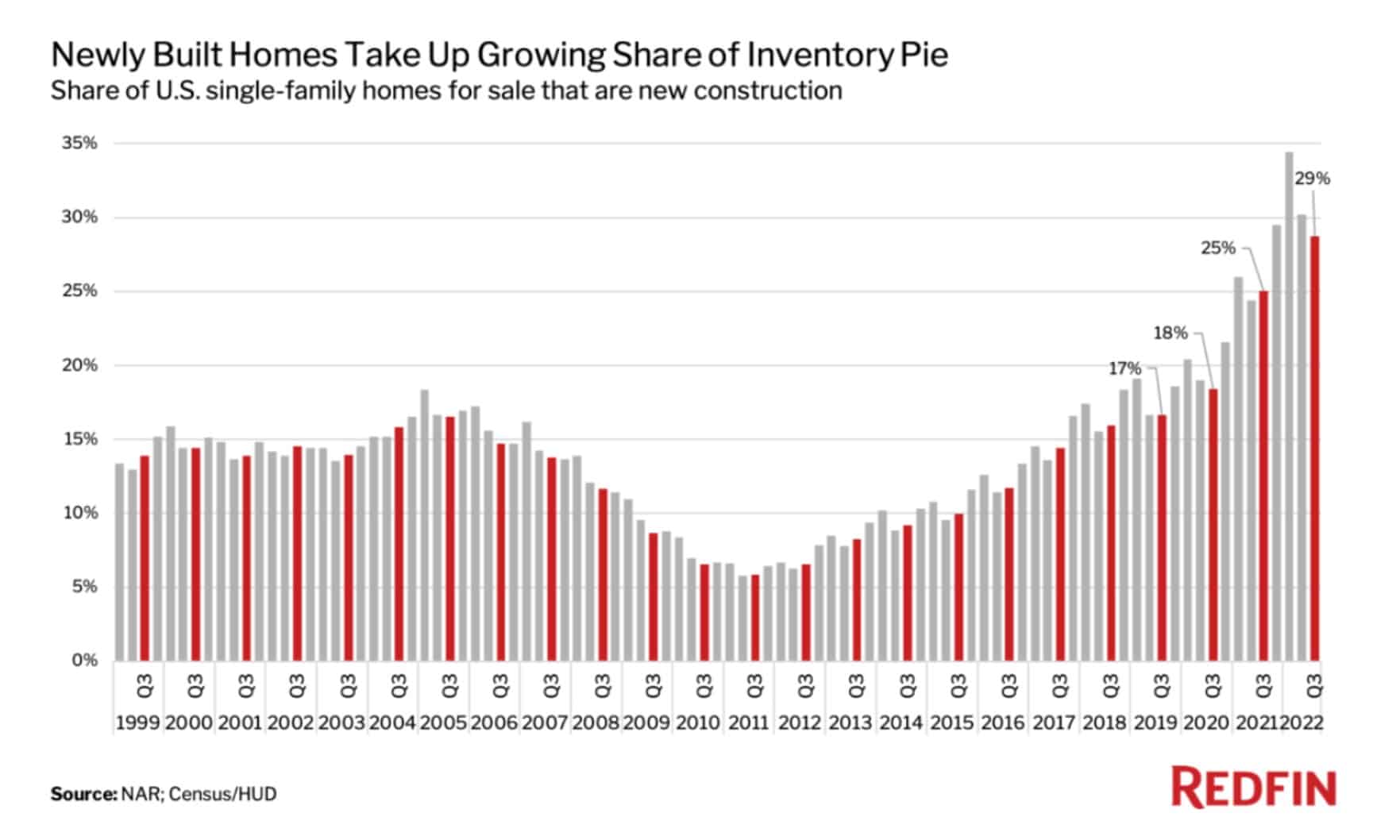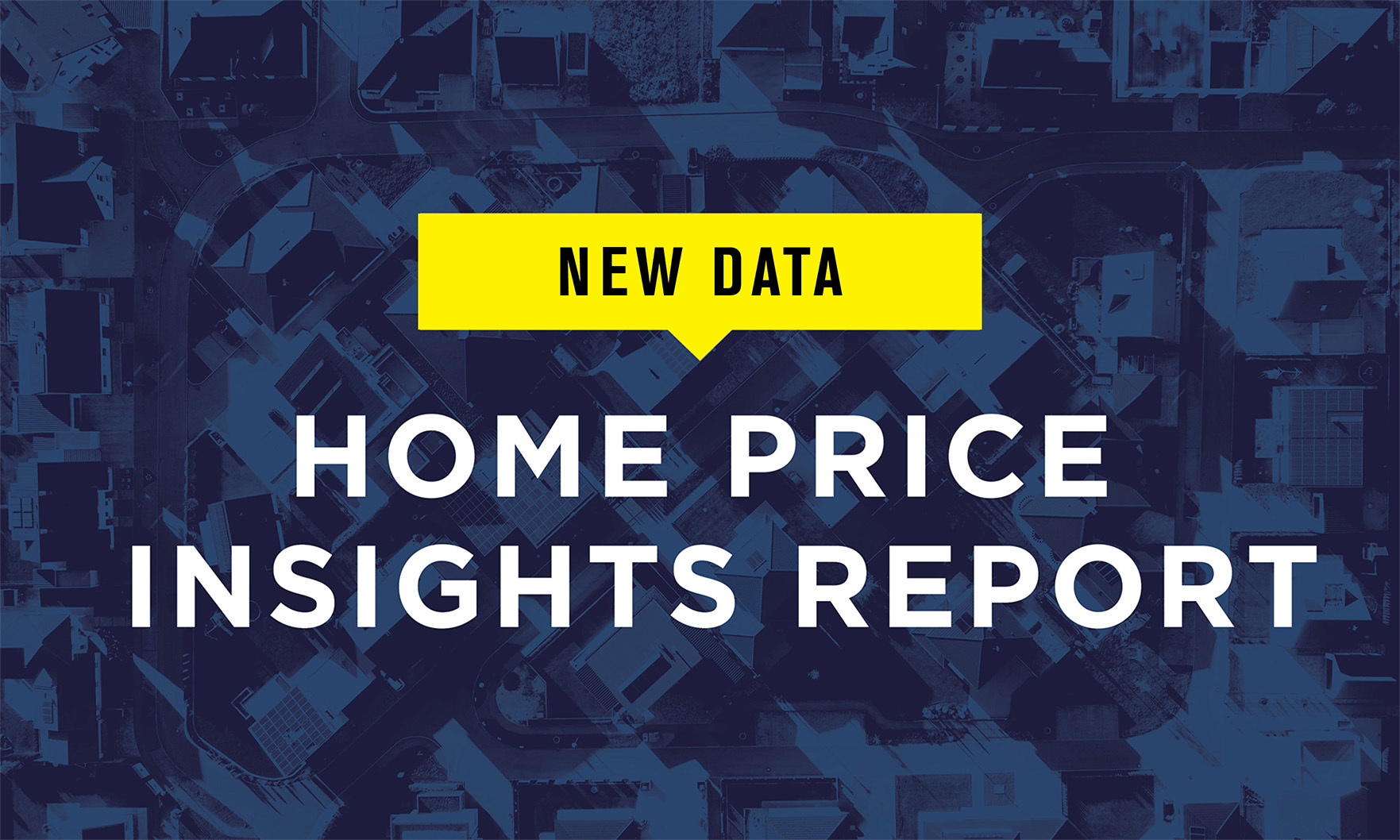Trends
For data-driven stories, to appear under “Trends” menu

Tempe ranked No. 79 overall and Tucson was No. 88. Both led the state with eight museums apiece.

A report from Realtor.com shows that many areas that experienced substantial growth during the pandemic are now posting some of the country’s steepest price reductions.

A report from Redfin shows that 29% of single-family homes for sale in the U.S. were new constructions in the third quarter of 2022.

Data from the PEW Trust shows that investment companies make up approximately a quarter of the entire single-family home market across the U.S.

October’s 4.6% monthly drop follows a 10.2% decline in September, the National Association of REALTORS® reported.

Housing prices were down in all 20 cities tracked by the S&P CoreLogic Case-Shiller U.S. National Home Price NSA Index.

New-home sales rose 7.5% month over month, while the median price of a new house surged to $493,000 from $455,700 in September and $427,300 a year ago, the U.S. Census Bureau and the U.S. Department of Housing and Urban Development reported.

The pace of new single-family home sales, meanwhile, fell 6.1% from September to 598,000.

The median existing-home price rose for the 128th month in a row, extending its record-breaking streak of increases.

Mid-week price cuts offer the most bargains in today’s market.

The number of homes under construction rose during the month, as homebuilders continued to work through a large backlog of homes.

The largest single-week decline in conventional mortgage rates since July brought the first increase in home-loan applications since September, the Mortgage Bankers Association said.

The 100 most populous cities in the U.S. were ranked in several categories, including affordability, schools, safety, recreation opportunities and other socio-economic factors.

Phoenix, Atlanta, Tampa and Miami saw double-digit consumer price index percentage growth year over year.

The 44th edition of the in-depth forecast report examined 80 cities to determine trends in the real estate industry for 2023.

Looking ahead, CoreLogic expects national year-over-year appreciation to slow to 3.9% by September 2023.
